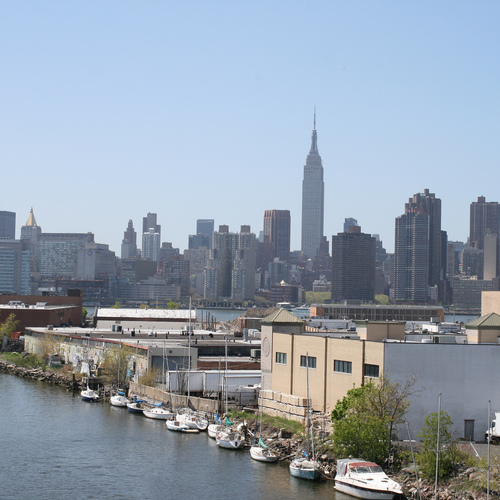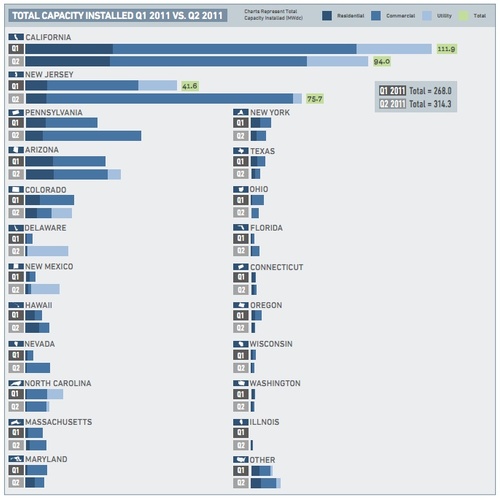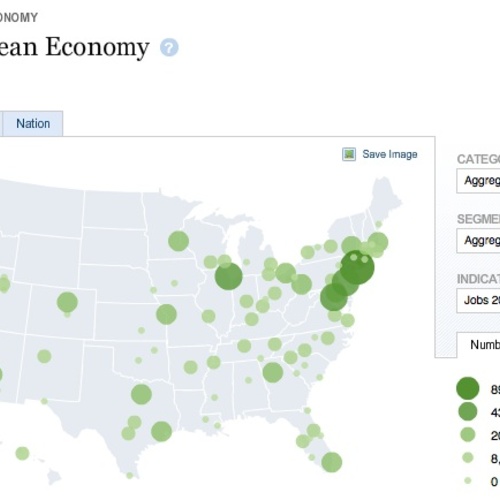
Image Credit: CPS Energy
Green sure is a handy word. Over the past few years it has become one of the building industry’s most heavily used catchphrases, salted with marketing potential and earnest ecological concern.
When we use the word green (or associated terms) in a GBA blog, for instance, our intention is to put its use in proper context, whether the post is about an aspect of building performance, the environmental impact of a project, or perhaps a set of green certification criteria.
Our attempted levels of precision and clarity seem to diminish, however, when the word is used to describe an employment category – i.e. green jobs – as was brought to mind this week by a story published in the San Antonio Express. Headlined “Moving to ‘green jobs’ proves tough,” the article points out that employment opportunities have often been scarce for people who have trained for jobs in the alternative-energy sector, despite an analysis by the Texas town’s city government that showed there are anywhere from 2,200 to 60,750 green jobs in the area, depending the criteria used to define “green.” When the term is applied broadly and includes fields that contribute to green practices, for example, the jobs number is big, but shrinks dramatically when it’s applied only to jobs for, say, solar panel installers and wind turbine technicians.
An academic issue
U.S. Commerce Department figures, meanwhile, show 10,000 to 13,000 green jobs, of all categories, in the San Antonio area. In the end, in this economy, trying to accurately gauge a job’s greenness may beside the point. The focus for employers and prospective employees in San Antonio is matching training with demand.
“I really don’t know what a green job is,” Mac Rattan, owner of M&M Weatherization, told the Express. “I have been doing weatherization for 15 years, so I guess we were green before green became cool.” As a participant in the vastly expanded Weatherization Assistance Program, Rattan’s company increased its workforce fivefold to 100 people, although he is well aware that when the WAP’s stimulus-funded allotments wind down, so will business.
But even amid the economic uncertainty, said Les Shephard, director of the Texas Sustainable Energy Research Institute at University of Texas San Antonio, the best long-term strategy for the community’s academic institutions may be to collaborate on developing renewable-energy technologies and producing graduates who will start businesses and market them. And not worry too terribly much about green labels for their own sake.
“The way I look at the whole notion of green jobs is that it represents a continuum from vocational and on-the-job training to jobs created through research and innovation,” he said.
Weekly Newsletter
Get building science and energy efficiency advice, plus special offers, in your inbox.















One Comment
Academic is right. No sense arguing over semantics.
Mr. Ratton puts it well when he says "I really don't know what a green job is...I guess we were green before green became cool.” At GreenTechBuyer.org, we deal with building inspectors, roofing and insulation contractors, window replacement companies and all forms of weatherization pros that considered themselves to be in the home improvement industry before the green tag was applied. With new housing starts all but stopped these people have focused on energy efficiency retrofits to stay working. Home Star (aka Cash for Caulkers) would have gone a long way producing these green jobs, but sadly it is not likely to pass (http://www.greentechbuyer.org/blog/why-home-star-is-doomed-in-2011.html). Either way, whether it be energy efficiency, renewable energy or resource-related sustainability, all green jobs that help our planet stay clean and safe are better than the opposite.
Arguing over labels takes away from the goal of getting these jobs created and converting the aging housing inventory to more environmentally friendly practices.
Log in or create an account to post a comment.
Sign up Log in